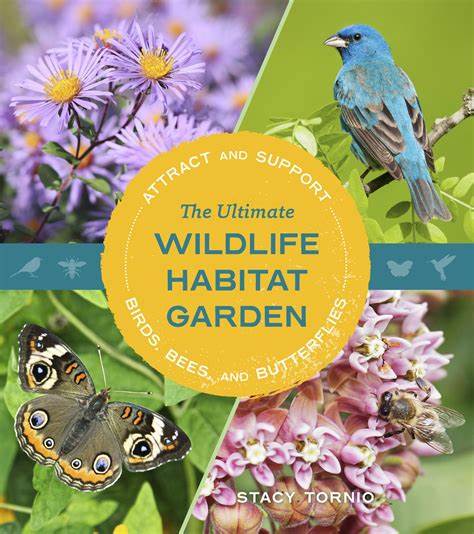Autumn Leaves
'Dancing Peacock' Someone needs to write a song... :) With an atmospheric river and 30 mph winds predicted this past weekend, I was afraid the ginkgo, which had just started to turn color, would be stripped. We were lucky though and it remains intact. Gingko 'Princeton Sentry' After the storm... The Black Tupelo (Nyssa slyvatica) changes color from the inside out - The above photo was taken last week. Here it is today - 'Wolf Eyes' Dogwood (Cornus kousa) has never had such pink color - Catalpa bignonioides 'Aurea', Crape Myrtle 'Dynamite' ( Lagerstroemia ), and Persian Ironwood ( Parrotia persica ) - Japanese Maple 'Beni Hime' - Serviceberry 'Autumn Brilliance' ( Amelanchier ) with tree peonies - Stewartia pyschocamellia starts the color show early. It has since faded to a much softer color - Text and photos by Phillip Oliver, Dirt Therapy




Comments
Post a Comment